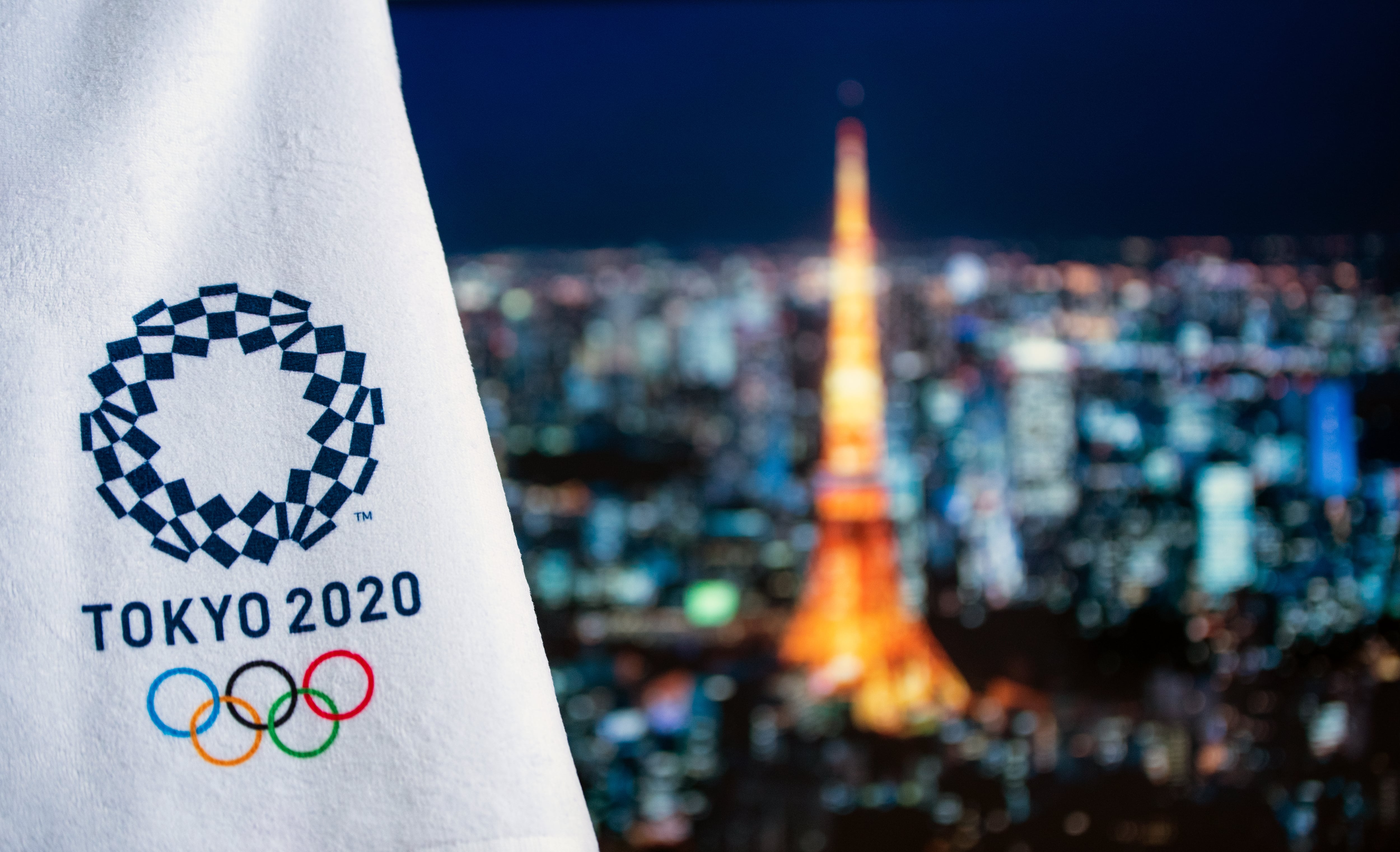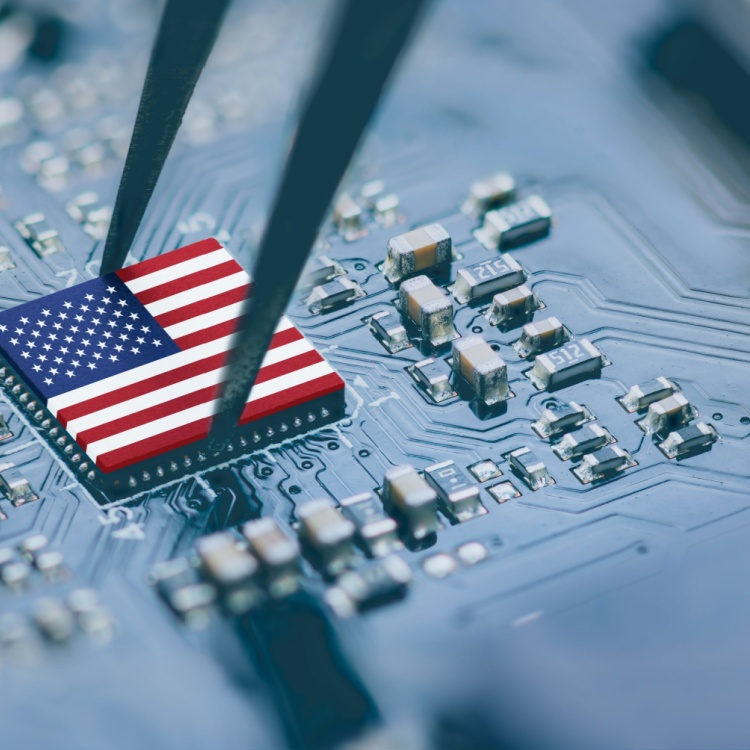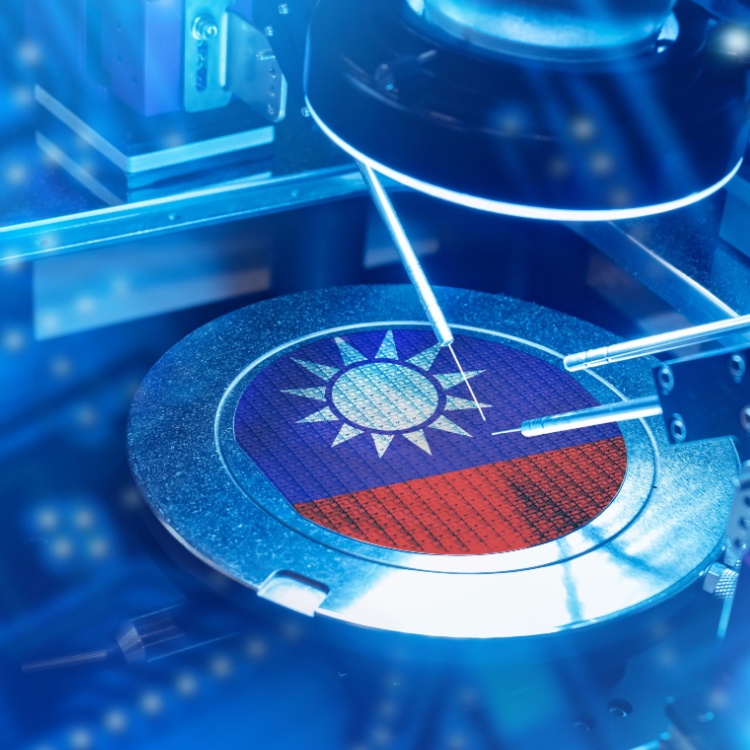Tech in the Tokyo Olympics

From robots and wearable technology to AI and biometrics, find out how the Tokyo 2020 Olympic Games have gone high-tech.
The games have begun! The world has gone through in the past year and a half, but the Olympic spirit endures. Let’s take a look at the different technologies being used in the Tokyo Olympics to keep athletes safer and the audience excited.
Drones delight audiences
The opening ceremonies of the Tokyo Olympics included a spectacular drone show. A fleet of 1,825 drones took to the skies, first forming the emblem of the 2020 Olympics. As the drones then morphed into a blue Earth, a rendition of the song “Imagine” by John Lennon, arranged by film score composer Hans Zimmer, played across the stadium.
Created by Intel, the company used its Premium drone for the opening ceremonies. Weighing only 340 grams and capable of operating in winds up to 11mps, each quadcopter drone had four high-definition LED lights. This “made it possible to achieve borderless lights and well-defined graphics,” said Kunimasa Suzuki, president of Intel Japan.
Here are two perspectives of the drone show for your viewing pleasure.
Robots come to the rescue
From retrieving sports equipment to assisting those in wheelchairs, over 20 robots will make events more efficient and help minimize human contact at the Olympics. Dubbed the 2020 Tokyo Robot Project, the initiative was developed and implemented by the Government of Japan, the Tokyo Metropolitan Government (TFG), Toyota, and Panasonic with experts in robotics.
Miraitowa and Someity
Olympic and Paralympic mascot robots Miraitowa and Someity, who were initially tasked with welcoming spectators, will now help welcome athletes and Olympic team staff to the venues. According to USA Today, a camera mounted on the robot’s head helps it recognize people and respond with facial expressions and body movements.
Tokyo 2020 Mascot Robot Miraitowa (Toyota Motor Corporation)
Tokyo 2020 Mascot Robot Someity (Toyota Motor Corporation)
Here’s a video of Miraitowa and Someity meeting students at a Tokyo elementary school last 2019.
Field Support Robot (FSR)
Powered by AI, the FSR by Toyota is equipped with cameras and sensors to retrieve sports equipment such as javelins and carry the rugby ball out to the field.
We have robots carrying #rugby balls on the field #StartYourImpossible @Toyota pic.twitter.com/mJoAzOVYm4
— Olympics (@Olympics) July 26, 2021
Field Support Robot (Toyota Motor Corporation)
While determining the most optimal travel route, the self-driving FSR “will follow operating staff on a path that avoids obstacles while retrieving and conveying throwing event items.”
T-TR1 Robot
Equipped with a camera above a large, life-sized display, the T-TR1 telepresence robot can project an image of a user from a remote location. It enables conversation between two locations, so people who are unable to physically attend the Olympics have a chance to do so virtually.
Such was the case for Shunsuke Suzuki, a first-year high school student who was born with a disability in his legs. Shunksuke’s grandfather was one of the torchbearers for the Tokyo 1964 Olympic Torch Relay. Thanks to the T-TR1 Robot, Shunsuke was able to be part of this year’s Olympic Torch Relay.
Toyota President Akio Toyoda and Shunsuke Suzuki during the Olympic Torch Relay last April 6, 2021. (Toyota Motor Corporation)
Bonus: Here’s CUE, the AI basketball robot created by Toyota having a ball during halftime.
Biometric data in archery
Archers may seem completely motionless as they launch their arrows, but what changes are taking place in their bodies as they aim for the bull’s eye? For the first time at the Olympics, viewers will be privy to that data with live heart rate monitoring.
High-frame-rate cameras at the event will measure the heart rate of the athletes remotely, analyzing changes in skin color “generated by the contraction of blood vessels from the captured video.” The data will be relayed to the production crew, and the on-screen graphics of heart rates will show the stress that archers go through while competing.
“We want to give the spectator on television the feeling of stress,” says World Archery secretary general Tom Dielen. “When you watch on-site, you can feel the stress to a certain extent. But watching on television, you see a target, you might think it’s easy and you can’t feel the stress of the athlete that has to shoot a 10 to win gold.”
Here’s a video of South Korea's An San winning her third Olympic gold medal during the finals of the women's individual archery event. The heart rate of the archers is flashed in the lower bottom half of the screen.
3D Athlete Tracking (3DAT) in athletic sprint events
A first of its kind in broadcast enhancement technology, 3DAT uses AI and computer vision to enhance the viewing experience in athletic sprint events, revealing information that the human eye cannot capture. For instance, what was a sprinter’s top speed, and at what exact moment did they reach it?
Developed by Intel and Alibaba, 3DAT utilizes Alibaba’s cloud computing technology and Intel’s hardware and deep learning algorithms. No sensors, no special suits--only a wealth of real-time insights and post-race analyses. Watch the video below to learn more.
Cooler clothing with Ralph Lauren
Summer in Tokyo means high temperatures and humidity. The U.S. Olympic team is keeping their cool thanks to American fashion company Ralph Lauren, which specifically developed a new technology called RL COOLING for Team USA athletes.
Integrated into the garment, the RL COOLING system senses the wearer’s body temperature and disperses heat from the wearer’s skin. According to a press release, RL COOLING “uses the same technology to cool the world’s most advanced computer systems.”
“Recognizing Tokyo’s summer heat, we sought to develop a solution for Team USA that fuses fashion and function,” says David Lauren, Chief Branding and Innovation Officer & Vice Chairman of the Board.
The sights and sounds of sports
Last July 8, Olympic organizers banned all spectators from the games. It was a hard blow for the Summer Olympics that had been delayed for a year, incurring high costs for postponement.
But the show must go on, and the Olympic Broadcasting Services (OBS) is utilizing technology to bring the ultimate viewing experience to homes all over the world. Let’s take a look at the numbers.
A digital, if not physical, presence
To make up for the absence of spectators, OBS has added digital tools such as a cheer button to show support for an athlete or team. Data collected from the system will be used to create a global Cheer Map that will be shown on video boards. Viewers can also join the Fan Video Wall, a mosaic of recorded videos by spectators showing their support.
"With all these digital engagement tools we needed to learn a lot...to use technology to highlight and emphasize what has been going on and cannot be physically seen," says Yiannis Exarchos, Chief Executive Officer of OBS. "If we can represent that in the venues we create a more realistic ambiance of what is going on out there. We will always miss physical presence, but we can do so much more to show the actual connection.”
"We need to highlight the world is here, the world is watching, the world is engaged, the world is supporting the efforts of the athletes,” says Exarchos.
So far, it has been an Olympics with many firsts. Filipina weightlifter Hidilyn Diaz bagged the first gold medal for her country, as did triathlete Flora Duffy for Bermuda and weightlifter Polina Guryeva for Turkmenistan.
The Olympics was plagued by setbacks. The world continues to struggle with the pandemic. But as the athletes in Tokyo have shown us, one must never underestimate the strength and courage of the human spirit.
As one of the Top 21 EMS companies in the world, IMI has over 40 years of experience in providing electronics manufacturing and technology solutions.
We are ready to support your business on a global scale.
Our proven technical expertise, worldwide reach, and vast experience in high-growth and emerging markets make us the ideal global manufacturing solutions partner.
Let's work together to build our future today.

















